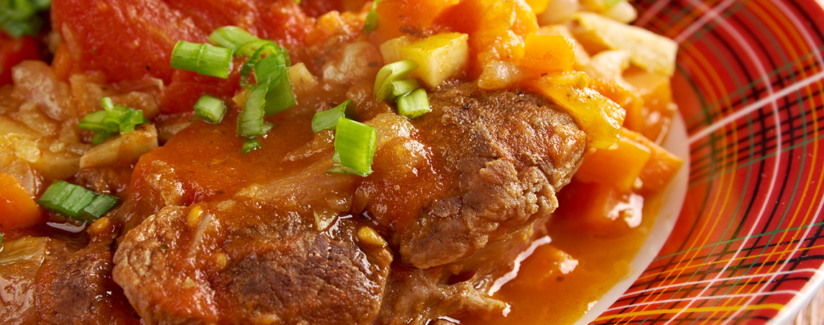
Scientist Seeks the Real Story on Veal
Veal is probably not top of mind with most people when browsing the grocery store meat case since the average person consumes only around a half-pound of it per year. Despite an undergraduate degree in Animal Science and a master’s and doctorate in Meat Science, Janeal Yancey of the University of Arkansas admitted she didn’t know a lot about veal. So, she set out to do something about it.
When given the opportunity to see veal farming up close and personal, she jumped at it. After touring veal farms and processing facilities in Indiana and Pennsylvania, she chronicled her learnings at her Mom at the Meat Counter blog. We visited with Dr. Yancey to learn more about what she learned.
What, exactly, is veal?
Veal is meat from a calf as opposed to beef that comes from older animals. Most veal calves come from dairy farms. Dairy cows must give birth to continue producing milk. The male calves, since they don’t produce milk, are raised for meat. Some of these calves are raised for beef. Others are raised for veal.
How do you think the average person in the U.S. or Canada views veal?
I think most consumers just don’t have much experience with veal. It is not offered on many menus or available in very large quantities in stores, so I don’t think they know much about it as a protein. I’m sure that some consumers had seen negative coverage about veal. I think that there’s negative misinformation out there about most proteins, but it’s probably more prominent for veal.
Did you have any preconceived notions about veal?
I tried not to. The few people I knew in the veal industry were good people, and I couldn’t imagine that they would be condoning poor treatment of animals. I like to think I went in with an open mind.
What are some of your key learnings from the tour?
Milk-fed veal calves are raised much like all dairy calves. They live in separate pens for a few weeks to protect their health, then they live in group housing. It’s called ‘milk-fed veal,’ but the calves are fed milk and grain. The calves are about 5 months old and 500 pounds when they go to harvest. The processing side was largely what I expected from the meat industry – clean and efficient.
Some people may be aware of criticism that has been leveled at the veal industry because of the way calves are housed. Some states have even adopted ballot issues that govern the way these animals can be housed. What’s your perspective?
The method of housing that those ballot issues addressed is practically non-existent in the U.S. The veal industry committed to a 10-year transition to group housing back in 2007 and it’s virtually complete. I found that the calves were housed according to their needs. When they are young, they need to be housed individually to protect their health and welfare. When they get old enough, they are transitioned into group housing. Even the calves that are housed individually can see, hear and touch their neighbors. The barns were quiet, which is a sign of content calves.
Anything you’d like to add?
After my trip, I was more excited to search out veal on menus and try cooking it at home. I hope my readers feel the same way after reading my posts.
You can read Dr. Yancey’s full account of her veal tour.


























